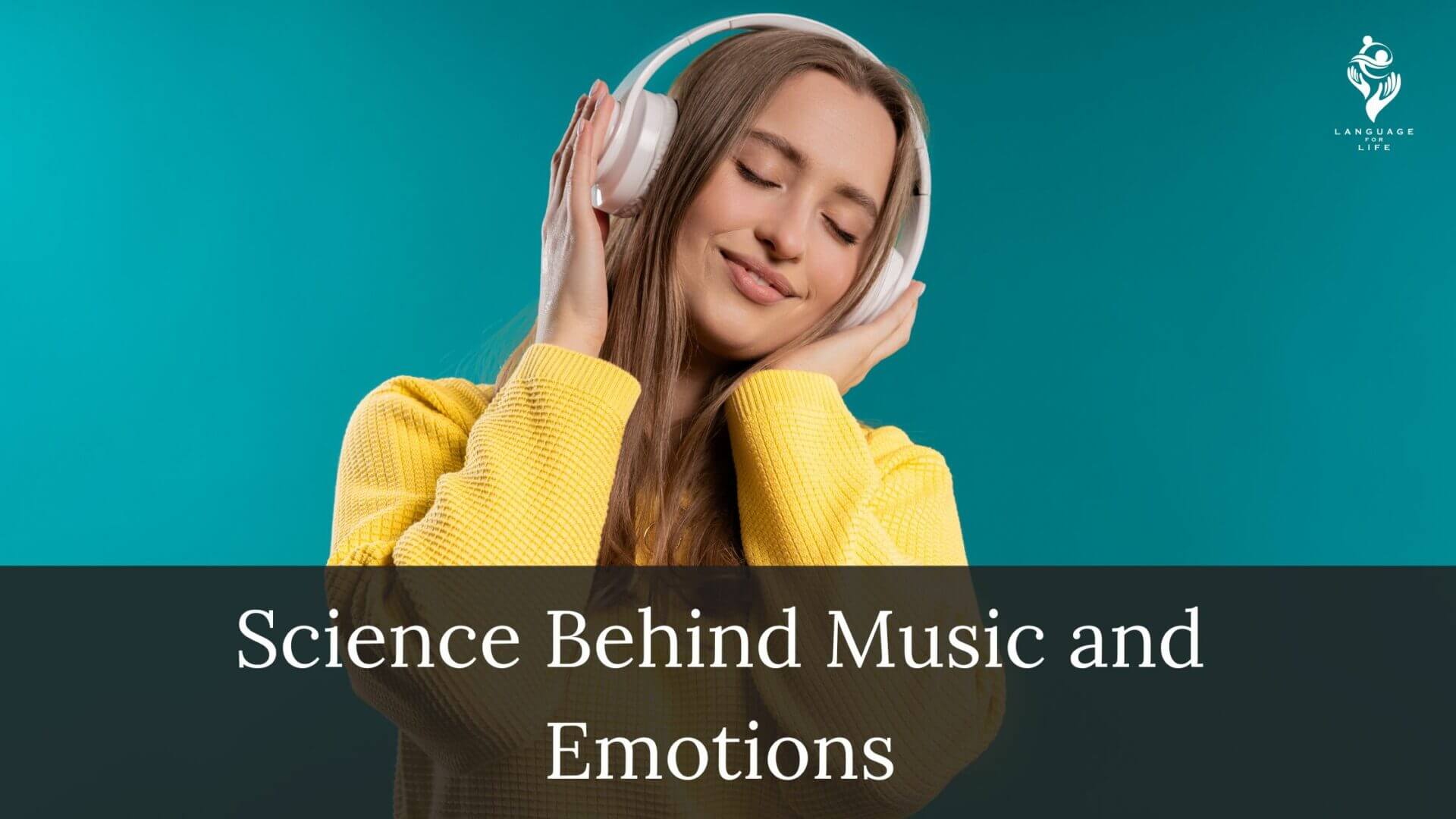From a simple, lonely melody to an intricate sonata, sometimes it feels like music can speak directly to your heart, in a language that you don’t know, but your emotions understand.
And that’s because music is a language. The language of emotion. Music has structure, progression and syntax — just like language. The brain even processes musical syntax using the same area it uses to process language syntax. Next time you hear someone speaking emotionally, listen to the acoustic characteristics of their voice — they’ll mirror music of the same emotion: fast, loud and high for excitement and happiness, slower and softer for melancholy.
So if music is a language, how does it convey its meaning? After all, it doesn’t have any words, does it? At the very basic, physical level, loud and fast noises excite us more than slow quiet ones because our brain-stem is tuned to attend to these kinds of noises in the environment. Certain chords sound pleasant because of how we divide tones into different pitches: harmonically simple, consonant chords, like majors, are easy to do this for, but harmonically complex chords, like tritones, are harder to distinguish and so we find them dissonant. But these automatic brain mechanisms are only the beginning of how we read meaning into music.
Much of the emotional significance that we find in music comes from our own life experience: whilst still in the cradle we learn to associate the music we hear with the emotional environment we hear it in — so a mother’s lullaby might imprint us with calm memories for major keys, whilst a lovers’ lament in A minor would remind us of breakups and ex-girlfriends. Although it wasn’t always this way around: After all, western cultures have a very different appreciation of dissonance to Arabic music, or to Indian ragas.
But we don’t just sense the emotions in music; we feel those emotions too. How? How can it force us to actually feel the same way? One possibility is that once we’ve understood what the emotional content of the music is, it activates a population of brain cells called mirror neurons. These cells mentally simulate behaviors that we perceive in the world around us, which helps us with social understanding and empathy. In this case they allow us to empathize with the emotion of the music, triggering the same emotions in us by activating the limbic system — the emotion hub of the brain.
Another theory has it that the beat of rhythms, and the frequency of soundwaves, actually drive the intrinsic oscillations of neurons in the brain. Different groups of neurons synchronize their firing at different rates – some slower, around one to five times a second, others closer to 20 times a second – and different rates are associated with different mood states. Through auditory stimulation, music could drive neurons to fire at a specific rate — as though our brains are resonating to a beat — that sets our overall mood.
But some of our most powerful responses to music come from expectation, tension, then resolution. But calculating something that complex requires much more of our brain’s vast processing power. Humans are expert predictors — we are always trying to figure what’s going to happen next and why. As we listen to music, our brains are continuously trying to guess what’s coming up, based on what we’ve just heard and on our experience of music over our lives. You can even see the moment we’ve realized the meaning in the music by a spike in the recorded electrical activity across the brain.
To make simpler harmonic and melodic predictions, we use our auditory cortex. But for more abstract syntactic and structural changes, we use the frontal lobes. These areas are heavily interconnected with the limbic system as well — which both aids in processing the music, and adds emotional texture as information loops back and forth between the regions, with the ebb and flow of the piece.
Using these circuits, our brains try to calculate what’s coming next, and to judge the accuracy of those predictions we use the brain’s reward system — dopamine. A correct guess gets a little pleasurable puff of dopamine, an incorrect guess gets nothing, and an unexpected, pleasurable resolution gets a great big burst! You know the thrill you get at a particularly beautiful musical moment? That chill that runs across your skin? You can predict when you’ll feel that from a rush of dopamine to the nucleus accumbens — a key node in the reward system. The nucleus accumbens then triggers the physical response that you feel, by activating the autonomic nervous system.
So why did we become the musical species? No other animal does this. This is an evolutionary question that flummoxed Darwin and is still argued about today. It might be a great and lucky accident — a happy quirk of our brain’s development that it can appreciate this complex integration of sound waves. Or maybe there is something more. Music is exceptionally good at provoking emotion — far more than language. People with autism can have great problems perceiving emotion, but can have their limbic systems activated through music. Communication of our emotional worlds, through music, could be as important for social cohesion as communication about the physical world is through language. It has been suggested that before music and before language, there was one mixture of the two — musilanguage — that sounded across the savannah. That musilanguage split and specialized into two different forms of communication – one for ideas, one for emotion. Whatever the reason is, our ancestors have been playing music for longer than any of us knew — recently a bone flute was found near the Danube in Germany, from over 40,000 years ago. Music is in our blood, our bones and our brains.

